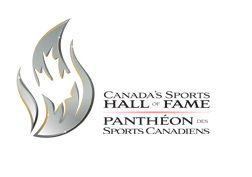Home | Major Sporting Events | Arctic Winter Games
Sport and Culture in the Arctic Circle
PreviousNext
Not just an ordinary sports event, the Arctic Winter Games expresses a uniquely northern identity.
The event was first held in 1970 to provide opportunities for athletes from the far north, in response to the lack of northern sport success against Southern athletes at the
1967 Canada Games. At these Games, southern Canadian athletes - on account of their greater access to coaching, facilities, and competitions - outplayed the athletes from the north. Representatives from the Yukon and the Northwest Territories were a driving in force in establishing an event for their people.
The Arctic Winter Games is a sport and cultural festival that has been held in different communities across the circumpolar regions north of the 55 parallel. It is a truly international and cross-cultural event, with competitors from the northern regions of Canada, the U.S.A., Scandinavia, and Russia. The many cultures that are represented at the Games can be seen in the ceremonies, dances, and music that are celebrated as part of the experience. Some of the Canadian towns that have hosted the Games include Whitehorse (Yukon), Yellowknife (Northwest Territories), and Grand Prairie (Alberta).
Competitors in the Arctic Winter Games compete in popular sports like hockey, skiing, and volleyball. However, the Games offers many uniquely northern events, such as snowshoeing, dog mushing, Inuit sports, and traditional games of the Dene people - a First Nations community who live in the north. The snow snake is one of the Dene Games. The aim of this event is to try and throw a wooden spear as far as one can down a track made of snow.
To reflect northern lifestyle and traditions, important symbols from the arctic are used. Instead of medals, the Games' participants compete for gold, silver, and bronze Ulus. An Ulu is a traditional knife that is used by the Inuit for living life on the land.
Sport plays an important role in telling the story about who we are, and The Arctic Winter Games says a lot about our northern identity as Canadians.
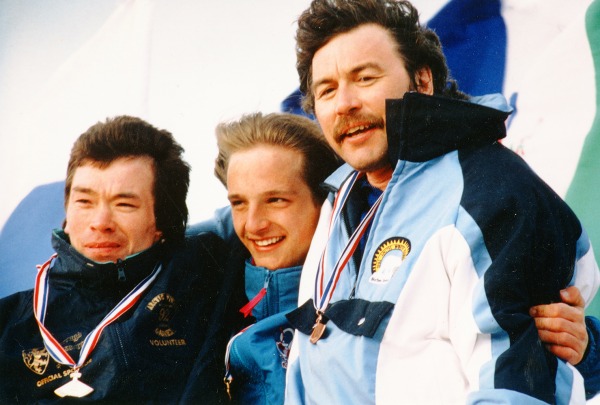
The Arctic Winter Games allowed seniors to actively participate in the Games for a period of time and one of these athletes was Don True from Fort Smith, NWT. He won the bronze medal in Biathlon alongside gold medallist Thane Phillips from the Yukon and silver medallist, Alexander Tasmanov who was only twenty-three years of age from St. Petersburg.
Collection: Don True, Fort Smith, NWT
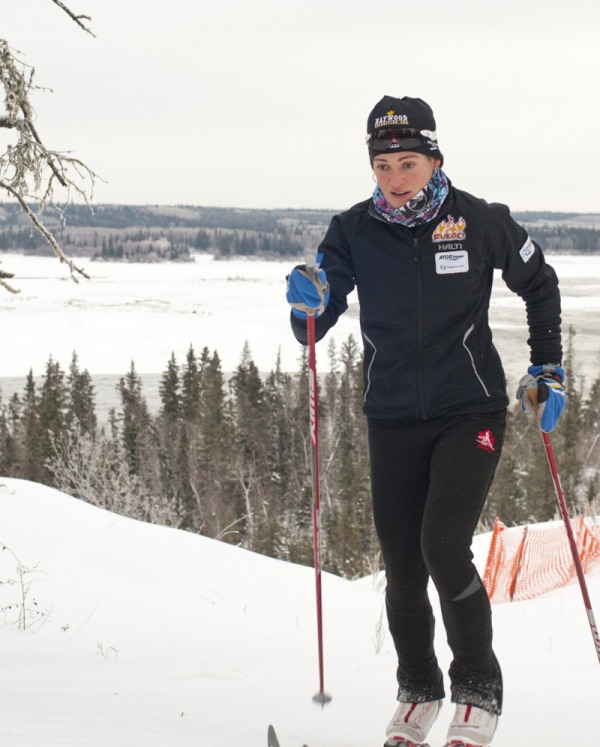
Many athletes got their start in competitive sport by participating in the Arctic Winter Games. Sarah Daitch, shown here, competed in the Arctic Winter Games and later became a member of Canada's National Cross Country Ski Team where she participated in many national and international competitions
Collection: Richard Daitch and Mary Pat Short, Fort Smith, NWT (parents of Sarah Daitch)
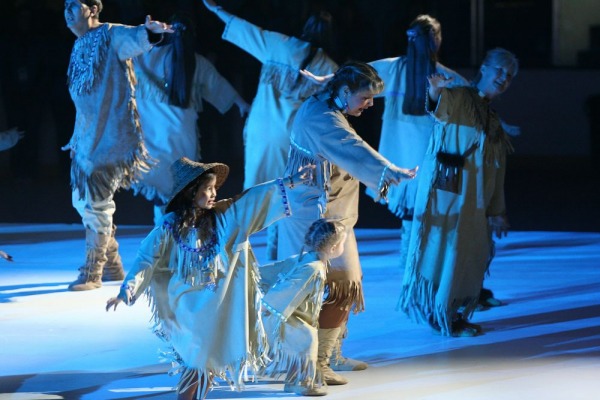
The Arctic Winter Games brings the circumpolar world together to celebrate the north through athletic competition, cultural exchange and social interaction. The Games cultural and entertainment programs are an integral part of achieving these objectives. The Host Society is responsible for establishing a program for Contingent cultural delegates and an overall cultural and entertainment program for the Games. Here you see part of the cultural show held at the 2006 Kenai Peninsula Arctic Winter Games.
Collection: Arctic Winter Games International Committee
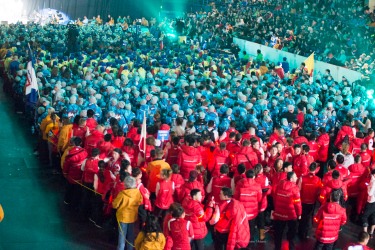
A typical Games cultural and entertainment program includes the Opening and Closing Ceremonies, cultural galas, cultural and entertainment programs for Games participants and the public at a wide range of venues in and around the host communities. Performing and exhibit events, which provide opportunities to the participants to share their talents not only with the public but with each other. In this image we see athletes together at the 2014 Arctic Winter Games.
Collection: Patti-Kay Hamilton, Fort Smith, NWT
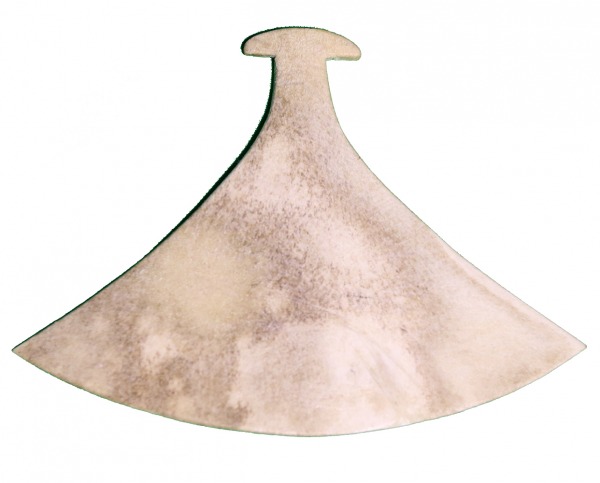
The ulu knife was the main cutting tool of the Inuit. It was originally made from flat thin slate, rock or jade. This knife is made of jade.
Collection: Northern Life Museum and Cultural Centre Collection, Fort Smith, NWT
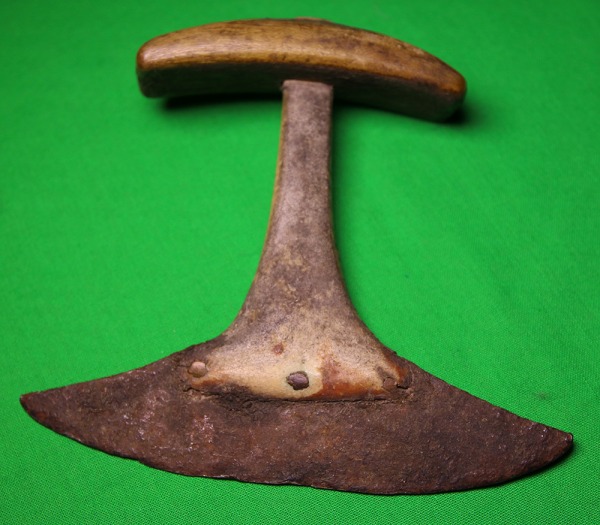
Handles of the ulu knife were often made of wood, ivory or bone and decorated with distinctive markings. This knife has a wooden handle.
Collection: Northern Life Museum and Cultural Centre Collection, Fort Smith, NWT
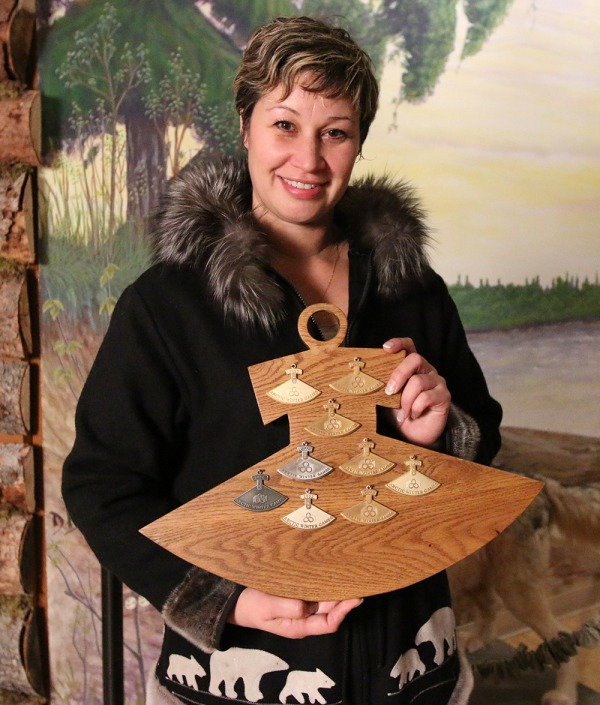
The medals presented to the gold, silver and bronze winners of the Arctic Winter Games events are presented with a medal in the shape of the traditional ulu. This image is of Meika McDonald holding all of her ulu medals that she won at the various Arctic Winter Games she participated in
Collection: Meika McDonald, Fort Smith, NWT
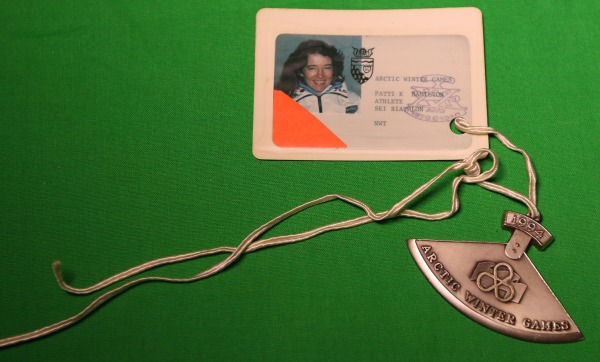
The ulu medals are presented to the winners in the order of bronze, silver and then gold. This medal is a silver medal won by Patti-Kay Hamilton who competed in ski biathlon at the 1994 Arctic Winter Games. Each medal is engraved on the back with the sport they won the medal in.
Collection: Patti-Kay Hamilton - Ski Biathlon Coach, Fort Smith, NWT
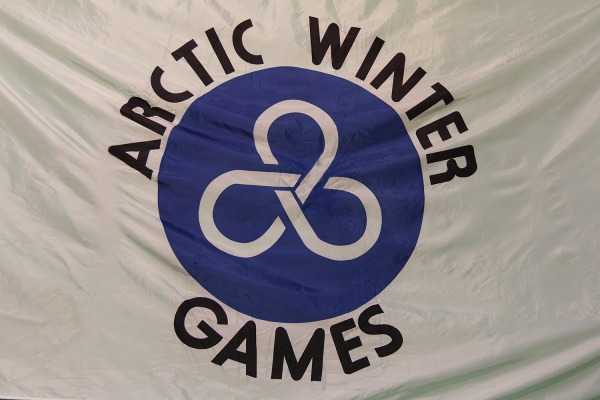
Each Arctic Winter Games displays a flag. This flag has the logo which depicts three interlocking rings which represent athletic competition, cultural exhibition and social interaction among Northerners. The Northern Lights are shown through the black background bordered by a white circle that represents the circumpolar world.
Collection: Patti-Kay Hamilton, Fort Smith, NWT
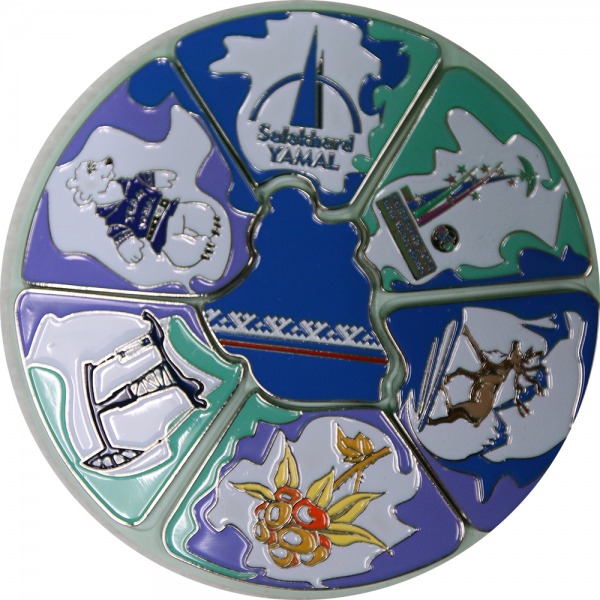
Part of the cultural experience at the Arctic Winter Games is pin trading. Over the years various types of pins have been designed and produced for the Games. Often times, there are a series of pins that when traded will produce a unique design like the one shown here.
Collection: Patti-Kay Hamilton, Fort Smith, NWT
Previous Next
